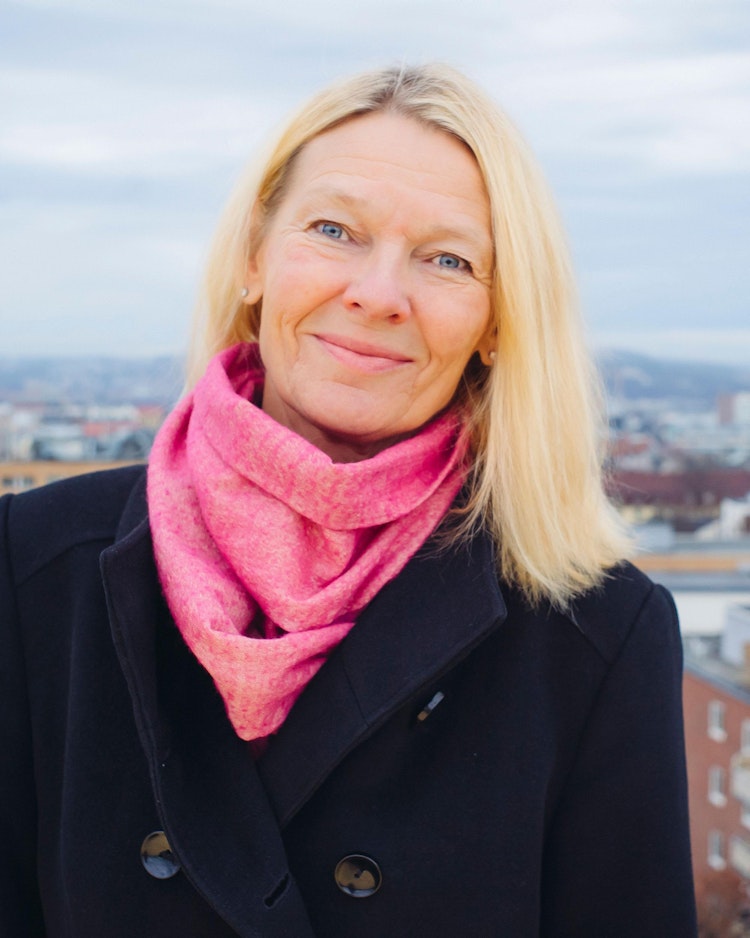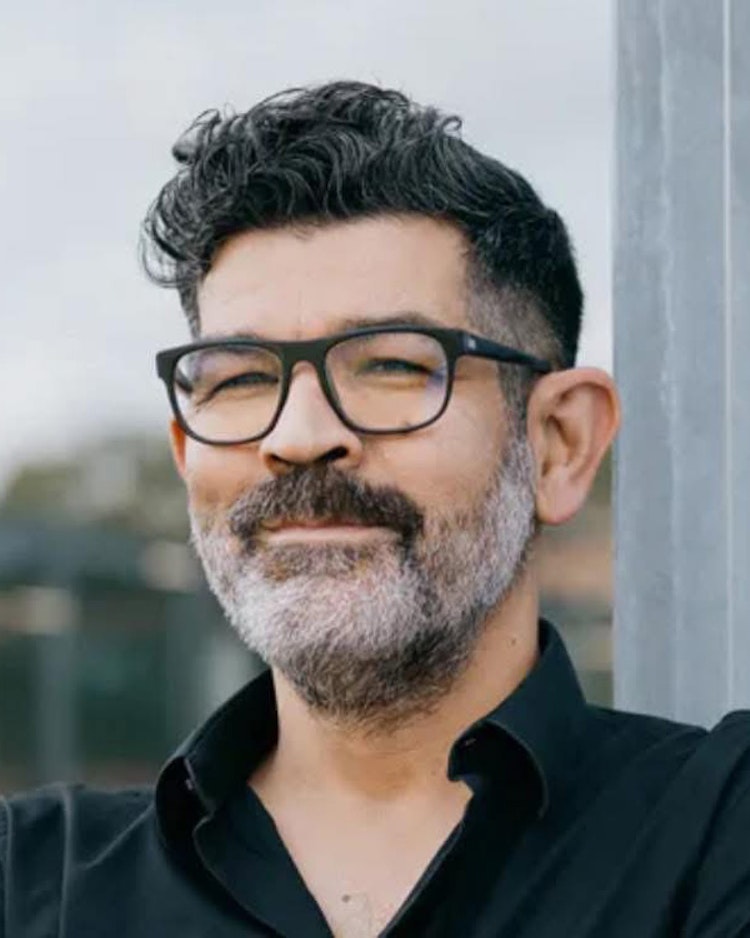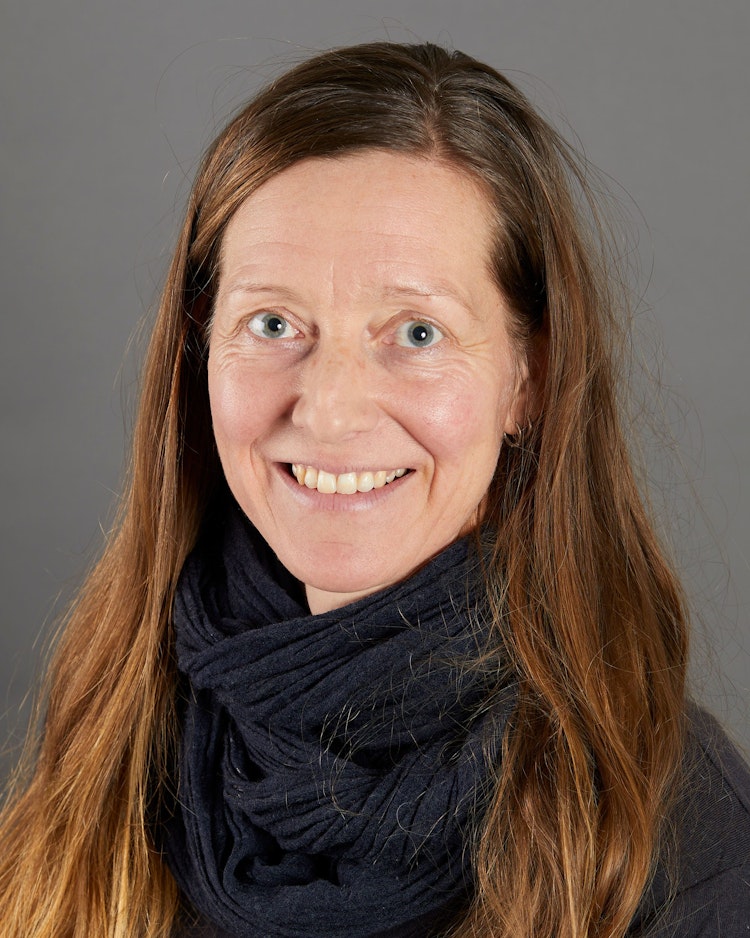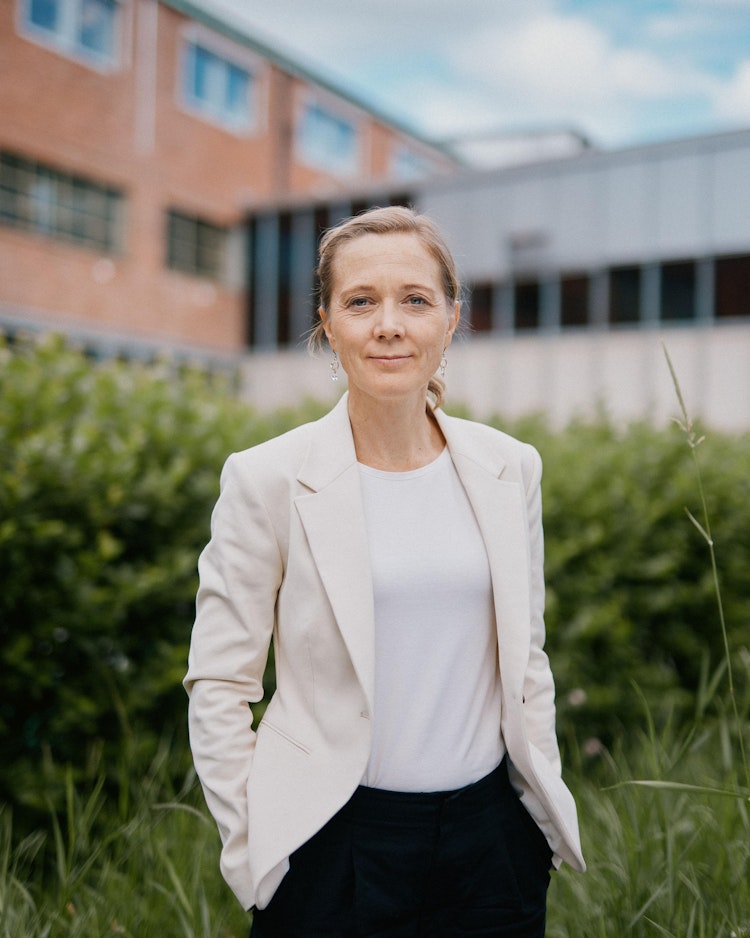Taking ROM’s own anniversary year and ongoing development project as a starting point, we will highlight the challenges smaller institutions face in programming and renovation processes—from accessibility to sustainability. Through a series of talks, discussions, and case studies, we will explore how a good master plan can address uncertainty and enable long-term decisions based on values rather than short-term, capital-driven priorities.
The first day of the seminar will dive into the space of possibilities that existed when key initiatives in art, architecture, and experimental practices were established. What (master) plans guided their beginnings? The second day will showcase examples of ongoing projects that treat the master plan as both an opportunity and a challenge. Here, institutions currently undergoing major changes will reflect on how institutional frameworks can enable risk-taking, experimental initiatives, while safeguarding professional integrity, long-term growth, and sustainability.Uke 35 2025
Interdisciplinary Festival
August 28–29, 2025
Trygve Ohren & Gjertrud Steinsvåg
Uke 35 is an annual interdisciplinary festival aimed at an audience interested in a broad understanding of art, architecture, urban development, and public space.
What role do institutions like ROM play in the development of professional practice? This year’s theme focuses on how master plans affect art, architecture, and urban development—both as tools and as potential obstacles.

The festival has limited capacity and requires registration. The fee includes a light lunch, snacks, coffee, and tea.
Standard price: NOK 300 per day / NOK 500 for both days
Students: NOK 100 per day
Day I - Master plans in retrospect
Thursday, August 28
09:00 – 15:00
09:30 – Festival opening by the curatorial team
09:40 – Part 1: Conversation between Evelyne Anderson & Lars Erik Nordland (Galleri ROM) and Astri Thån (Institute of Spatial Art). Moderated by Gjertrud Steinsvåg
10:40 – Part 2: Conversation between Lisbeth Funck (Galleri ROM), Mette L’Orange (Institute of Spatial Art), Bjørn Tandberg (Maridalsveien 3) & Henrik der Minassian (first director at ROM for Art and Architecture). Moderated by Gjertrud Steinsvåg
11:40 – Stretch break with biscuits and fruit
11:50 – Part 3: Conversation between Line Ramstad (Director, Oslo Architecture Triennale), Anders Rubing (Founder, Nordic Review of Architecture), Espen Røyseland (Partner, Transborder / 0047). Moderated by Trygve Ohren
12:45 – Light lunch
13:30 – Audience input session
14:00 – Group transport to Kunstnernes Hus. Meeting with Jonas Norsted (Partner, Atelier Oslo) about the renovation project at Kunstnernes Hus
15:00 – Program concludes. Optional drinks at the newly reopened Kunstnernes Jur
18.00: Opening of Lisbeth Funck’s exhibition Making a circle in time at Mellomrommet Sagene
Day II - Master plan: Solution for the future or obstacle?
Friday, August 29
09:00 – 15:00
09:00 – Doors open at ROM. Coffee and registration
09:30 – Introduction by moderator Marius Lervåg Aasprong
09:40 – Part 4: Presentations by Sarah Lookofsky (Artistic Director, Kunstnernes Hus); Oda Broch (Director, Kunsthall Dikemark); Jørn Mortensen (Chair, Arkitektenes Hus)
11:30 – Stretch break
11:50 – Audience input session
12:15 – Lunch
13:00 – Part 5: Contributions from Ihra Lill Scharning (Artist and educator, ROM Summer School), Sigrid Espelien (Artist, PhD), Martin Lundell (Graphic Designer and Pro-Rector of Education, Oslo National Academy of the Arts), Karoline Kjesrud (Associate Professor, Museum of Cultural History)
14:30 – Closing remarks and thanks for this year
15:00 – Lansering av Formskifter Bulletin!
Contributors

Anders Rubing is an architect, critic, editor, researcher, and curator. He is the founder of Nordic Review of Architecture and Jävla Kritiker!. Rubing regularly writes for Bergens Tidende, and contributes to books as well as national and international journals such as Arkitektur and Domus. He teaches at the Bergen School of Architecture and is chair of ROM for Art and Architecture.

Astri Thån led the Institute of Spatial Art from its founding in 1989 through its first year of operation. With a background in international studies and projects at the intersection of art and architecture, she laid the foundation for the Institute’s interdisciplinary practice. A chartered architect MNAL, today she is a partner at LPO Arkitekter. Her focus on architectural form, human space, materiality, sustainability, and place identity has given her extensive experience with complex architectural assignments, including cultural, housing, educational, and office projects, many of them award-winning and environmentally certified. She has taught at leading architecture schools in Norway and the USA, and has held central positions in architectural organisations.

Bjørn Tandberg graduated as a civil architect from the Oslo School of Architecture in 1990 and has run his own practice since 1991. His work highlights connections and opportunities between old and new construction. Today, he is a partner at Tandberg Arkitekter AS. Through his practice, he has contributed to the preservation of Oslo’s small-scale wooden housing and, in 1999, was invited by the Cuban UNESCO Committee to participate in preservation work on the historic centre of Trinidad. He has also written numerous critical articles on architecture and preservation.

Foto Niklas Hart
Espen Røyseland is an architect and co-founder of Transborder Studio and the art and architecture gallery 0047, established in Berlin in 2004 and later in Oslo. Espen served as secretary of Europan Norway from 2007–2018 and has taught at the Oslo School of Architecture and Design. He received Norsk Form’s Prize for Young Architects in 2011 and the Oslo Association of Architects’ Architecture Prize in 2014.

Evelyne Anderson graduated as a Diplom-Ingenieur at Technische Hochschule Darmstadt, Germany, in 1979. Afterward, she studied for three years at Staatliche Hochschule für Bildende Künste in Frankfurt, where in 1982 she became the first architect to receive the title Meisterschüler. In 1995, Anderson became the second candidate ever to be awarded a Dr. Ing. at the Oslo School of Architecture with the dissertation The Perfect Space. She worked at Lund & Slaatto (1982–84), founded ANNO in 1986, and has taught at Oslo School of Architecture, Bergen School of Architecture, and Aarhus School of Architecture, where she achieved professorship in 1997. She worked for Oslo’s Planning and Building Agency from 1997–2013 and, since then, has run ANNO studio for architecture.

Henrik der Minassian is a visual artist educated at the Trondheim Academy of Fine Art. He has held leadership positions in several Norwegian and Nordic art and architecture institutions. He was Artistic and Managing Director of ROM for Art and Architecture from its founding in 2005 until 2019, where he established, among other things, the Architecture Film Festival Oslo in 2016. He was Exhibition Manager for Oslo Architecture Triennale 2022 and has also led Bærum Kunsthall, worked as Production Manager at Kunstnernes Hus, and as Producer/Curator at Färgfabriken, Stockholm. He is currently Production Manager for the Gamle Munchmuseet at Tøyen.
Ihra Lill Scharning (b. 1986) is an Oslo-based visual artist. With an MFA from Malmö Art Academy (2014) and pedagogical training in design, art, and crafts from OsloMet (2017), she has built a practice rooted in storytelling, embodied presence, and social critique. She has worked as an advisor at Stopp Diskrimineringen, BPA advisor at Uloba, and political deputy chair in Landforeningen for Skeive Funkiser, as well as camp leader and art instructor at summer camps. In both 2024 and 2025, she has taught at ROM’s Summer School for Young Funkiser, where she has developed methodologies to make art education more accessible.
Jonas Norsted

Jørn Mortensen currently works as a strategic advisor at Kristiania University College. From 2019–2024, he was Dean of the School of Design, Arts, and Media at Kristiania, and from 2015 to 2019 served as Rector of the Oslo National Academy of the Arts, during which the institution achieved accreditation as a scientific university college and established a PhD program in artistic research. Mortensen chaired the art selection committee responsible for establishing two memorials following the July 22 attacks in Oslo. He has been Vice President of ELIA since 2018, leading the working group on artistic research. He also chairs Arkitektenes Hus and sits on the board of Flytårnet Fornebu. Mortensen is also an active musician.

Karoline Kjesrud is Associate Professor and Curator of Medieval Art at the Museum of Cultural History, University of Oslo. She has been academically responsible for the permanent exhibitions Arv and Noregr at the Historical Museum and is particularly interested in exhibitions as a medium of communication and reflection. Her research is interdisciplinary, focusing on the Middle Ages, with an emphasis on how the material and textual culture of the past can provide perspectives on contemporary religious, political, climate, and sustainability challenges.

Lars Erik Nordland graduated as a civil architect from the Oslo School of Architecture in 1983. Between 1978 and 1983, he worked with urban planning in Finnmark, maintenance of installations in the Norwegian and German sectors of the North Sea, at Lund & Slaatto Arkitekter, and at the Oslo City Planning Office (now PBE). In 1980–81, he worked on the project Urban Improvement & Densification in the Inner City, the first study of densification and urban development in Oslo carried out under the auspices of Oslo Byplankontor (PBE). Since 1986, Lars Erik Nordland has run his own practice in ANNO. From 1989 to 2003, he worked as a Research Fellow at the Oslo School of Architecture on the research project Norwegian Modernist Architecture 1925–1940. He has written numerous academic articles on Norwegian functionalism and has been a program host at NRK. He has also worked with research and development projects under NTNF and the R&D program Product Development and Experimental Building, and taught at the Oslo School of Architecture and at Bergen School of Architecture. Since 2003, he has run his own practice and been project manager at ANNO Studio for Architecture.

Foto Jan Khur
Line Ramstad is Director and Chief Curator of the Oslo Architecture Triennale. She has a hands-on approach to architecture and a strong interest in collaboration and how the built environment impacts people and nature. She co-founded Gyaw Gyaw in 2009 with refugees on the Thai-Burmese border, working for over 15 years on sustainable architecture projects that improve education and quality of life in marginalized communities. She is trained as a landscape architect (NMBU) with studies in anthropology, geography, and environmental science (NTNU). From 2023–24, she was a Loeb Fellow at Harvard Graduate School of Design.

Lisbeth Funck, PhD, is an architect and academic at the Oslo School of Architecture and Design (AHO), where she teaches and conducts research. Her work is interdisciplinary, combining architecture with art, philosophy, sociology, and environmental humanities. She emphasizes experimental design and ecological humanities in her teaching and is a member of the research group AaCE (Architecture and Creative Ecologies). Her work has been exhibited internationally, including at Storefront for Art and Architecture (New York), CAFA (Beijing), the Venice Architecture Biennale, and ROM Gallery (Oslo). She will exhibit at Mellomrommet Galleri in Oslo in August 2025.

Marius Lervåg Aasprong (b. 1982) is a sociologist specializing in work life, organization, and leadership. He has worked with several Norwegian art institutions, including Kunsthallene i Norge, Trøndelag Centre for Contemporary Art, LevArt, and Norsk Kunstårbok. He has been the managing director of Sosiologisk Poliklinikk in Trondheim and facilitated a citizens’ panel on carbon capture for Trondheim municipality. He is also an experienced carpenter, technician, and art installer, and serves on the board of Lademoen Artist Workshops.

Martin Lundell is Professor of Graphic Design and Pro-Rector of Education at the Oslo National Academy of the Arts. Trained as a typographer and designer in Oslo and Stockholm, he has worked with print media his entire career. Since 2024, he has led Formskifter, an artistic research project with six colleagues and two PhD fellows.

Mette L'orange (1951) is a civil architect, visual artist, and former Professor of Colour at UiB/KMD and KHiO, as well as former director of the Institute of Spatial Art (1991–ca. 2005). She runs Architecture, Heritage, Art Studio. Her work includes architecture, painting, installation, and colour design for buildings and urban environments. Projects include colour schemes for BI Campus (Oslo), UiB Aula, and several nursing homes in Bergen. She has published widely, including Farger i arkitekturen (2008).

Foto Carsten Aniksdal
Oda Broch (b. 1982) will become Director of the newly established Kunsthall Dikemark in Asker in August 2025. She has previously worked at Muralverkstedet, Trafo Kunsthall, Art in the Workplace, the Relief Fund for Visual Artists, and KORO. She is trained in Art and Design at KHiO.

Foto Studio Abrakadabra
Sarah Lookofsky is Director of Kunstnernes Hus in Oslo, a kunsthalle founded by artists in 1930 that includes exhibition spaces, a cinema, and artist studio space. As the institution approaches its centennial, Lookofsky hopes to explore how art and its institutional armatures inherit and respond to histories amid contemporary crises. Previously, Lookofsky was Associate Director of MoMA’s International Program in New York, focusing on modern and contemporary art from Africa, Asia, LatinAmerica, and Central and Eastern Europe. She has also worked at the intersection of art and education, serving as Dean of the Academy of Fine Art in Oslo (2020–2023) and as faculty and head of the Curatorial Studies program at the Whitney Museum’s Independent Study Program (2010–14). Lookofsky has curated and published widely across platforms, served as General Advisor to the 9th Berlin Biennale, and was Arts Editor for DIS Magazine. She holds a Ph.D. in Art History, Theory, and Criticism from the University of California, San Diego.

Sigrid Espelien (b. 1984) works with local clay as both medium and collaborator in cross-disciplinary projects, public art, and participatory practices. Educated in ceramics at Glas- og Keramikkskolen (Bornholm, 2008) and with an MFA from Cranbrook Academy of Art (Michigan, 2012), she taught ceramics at Oslo National Academy of the Arts (2017–20). In 2025, she completed her artistic PhD project, Grounding with (blue) clay.
Week 35 2025 is supported by Kulturetaten i Oslo kommune.

